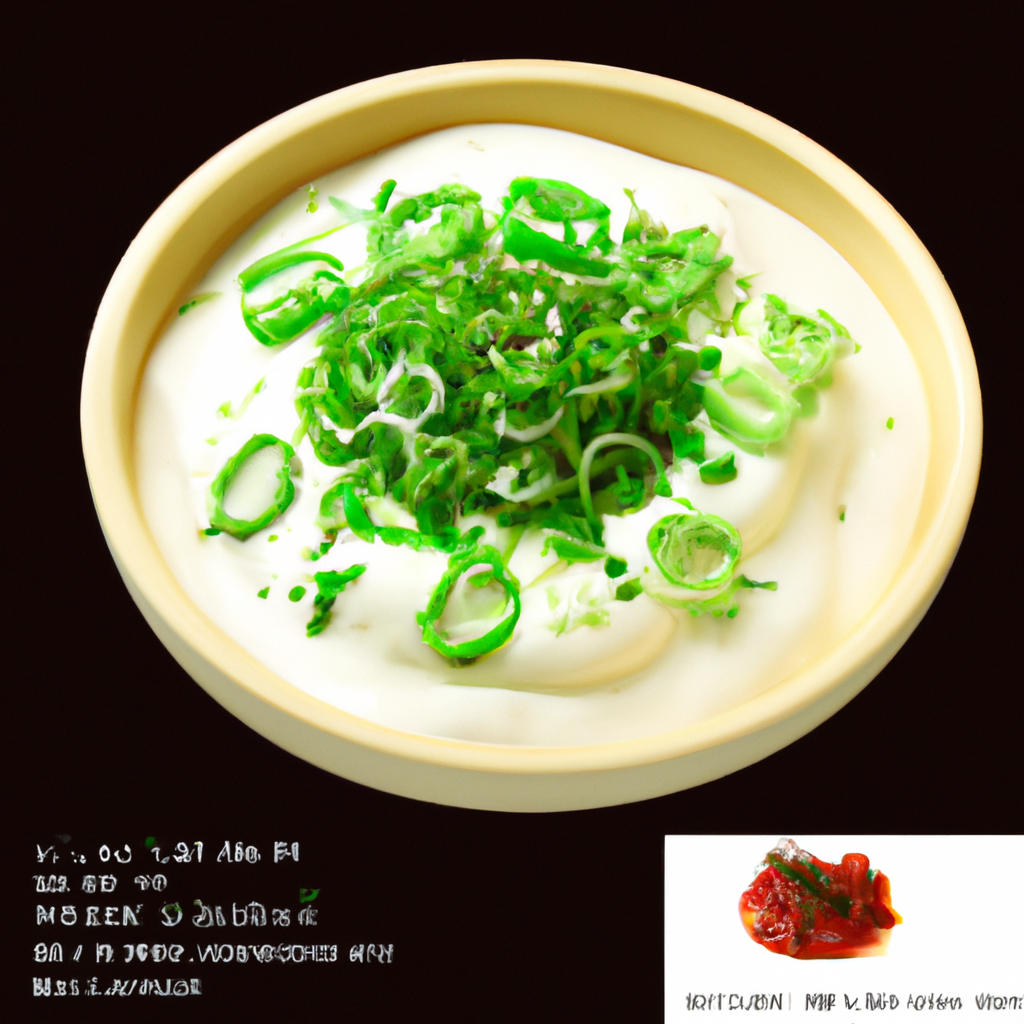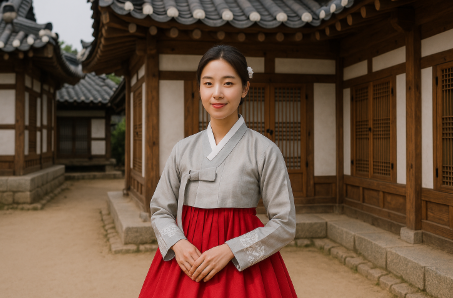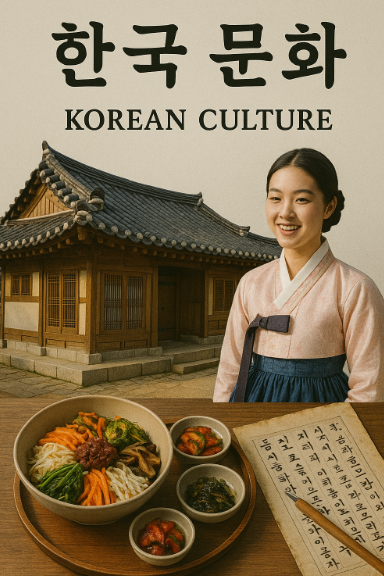“`html
Discovering the Flavorful World of Korean Cuisine: A Gastronomic Journey
The Evolution of Korean Cuisine
The history of Korean cuisine is as complex and diverse as its flavors. Rooted in ancient agricultural and nomadic traditions, it has evolved over the centuries by absorbing cultural influences from neighboring regions such as China and Japan. Korean food is also significantly shaped by Korea’s geographical characteristics, with a long coastline and mountainous interior, which provide a rich variety of ingredients.
Fermentation plays a key role in many traditional Korean dishes. This method is not only a preservation technique; it also enhances flavors and adds a unique depth to dishes. Staples such as kimchi, a fermented vegetable dish, and doenjang, a fermented soybean paste, are perfect examples of this revered culinary art.
In recent years, Korean cuisine has gained global attention and popularity, driven by a wave of cultural export known as the Korean Wave, or Hallyu. This has led to a broader appreciation of Korean food, with dishes like bibimbap and Korean BBQ being enjoyed worldwide.
Key Ingredients in Korean Cooking
Korean cooking relies on a core set of ingredients that create its distinctive tastes. These include rice, vegetables, meats, and a wealth of condiments and seasonings that are often fermented.
🔹 Gochujang: A red chili paste that offers a sweet, savory heat to many Korean dishes.
🔹 Doenjang: A soybean paste with a deep, rich flavor used in soups and stews.
🔹 Sesame Oil: Used both as a cooking oil and a seasoning, its nutty flavor is an essential part of many Korean dishes.
🔹 Rice: An indispensable staple of every meal, often served plain or in the form of rice cakes or noodles.
Popular Korean Dishes That You Must Try
Korean cuisine offers a wide range of dishes that tantalize the taste buds. Here are some iconic Korean foods you should try:
🔹 Kimchi: Made from fermented napa cabbage and radishes, seasoned with a mix of chili pepper, garlic, ginger, and salted seafood.
🔹 Bulgogi: Thin slices of beef marinated in a mixture of soy sauce, sugar, sesame oil, garlic, and pepper, then grilled.
🔹 Japchae: Stir-fried glass noodles with vegetables and meat, seasoned with soy sauce and sesame oil.
🔹 Samgyeopsal: Grilled pork belly, typically eaten with a dipping sauce and wrapped in lettuce or perilla leaves.
Celebration of Korean Culinary Culture
Food is an integral part of Korean culture and is often shared among friends and family. Korean dining is characterized by communal meals with various banchan, or side dishes, enhancing the main dish.
Rich, layered flavors define Korean cuisine, and meals are an opportunity to experience a variety of tastes and textures. Whether enjoying a humble bowl of jjigae (stew) or indulging in a lavish spread of galbi, eating in Korea is a communal and immersive cultural experience.
Moreover, seasonal and regional variations add another layer of complexity to Korean cooking. For example, Jeonju, a city known for its culinary prowess, offers a local take on bibimbap that is highly celebrated across the country.
Korean Food and Global Influence
The globalization of Korean food is a testament to its widespread appeal. Many chefs around the world have adopted Korean ingredients and techniques into their culinary repertoire, leading to creative fusions and interpretations.
The popularity of Korean food has also been bolstered by Korean pop culture and media, with dramas and movies often featuring food as a central theme. This media representation has piqued international curiosity, boosting interest in Korean gastronomy.
Restaurants specializing in Korean cuisine have sprouted worldwide, with Korean BBQ and fusion dishes like Korean tacos becoming popular in countries like the United States, Brazil, and Australia. This global expansion continues to evolve, highlighting the dynamic nature of Korean culinary culture.
| Ingredient | Key Flavor Profile | Main Uses |
|---|---|---|
| Gochujang | Sweet, spicy, savory | Sauces, marinades, stews |
| Doenjang | Rich, umami | Soups, stews, condiments |
| Sesame Oil | Nutty, aromatic | Dressing, seasoning |
Frequently Asked Questions
Q: What is a typical Korean meal like?
A typical Korean meal consists of a main dish served with rice and an assortment of banchan (side dishes), all shared among diners.
Q: Is Korean food spicy?
While some Korean dishes are known for their spice, many can be made mild, suiting a range of palates. Gochujang and gochugaru (chili powder) add heat but can be adjusted.
Q: How has Korean pop culture influenced global food trends?
Korean dramas and K-pop have popularized Korean food internationally, leading to increased interest and the spread of Korean eateries worldwide.
Summary
✅ Korean cuisine is steeped in rich history and cultural fusion.
✅ Key ingredients like gochujang and sesame oil define its unique flavors.
✅ Popular dishes include kimchi, bulgogi, and samgyeopsal.
✅ Globalization has expanded Korean culinary influence.
#KoreanCuisine #Kimchi #Bulgogi #Gochujang #Doenjang #SesameOil #StreetFood #KoreanBBQ #KimchiStew #TraditionalFood #CulturalHeritage #Hallyu #GlobalCuisine #AsianFood #Foodie #CulinaryTravel #Kpop #KoreanDrama #FusionCuisine #Kimjang #Bibimbap #Jeonju #SeoulFood #GangnamStyle #KFood #KoreanWave #WorldCuisine #InternationalFood #Dongchimi #Galbi #KoreanSnack
“`



